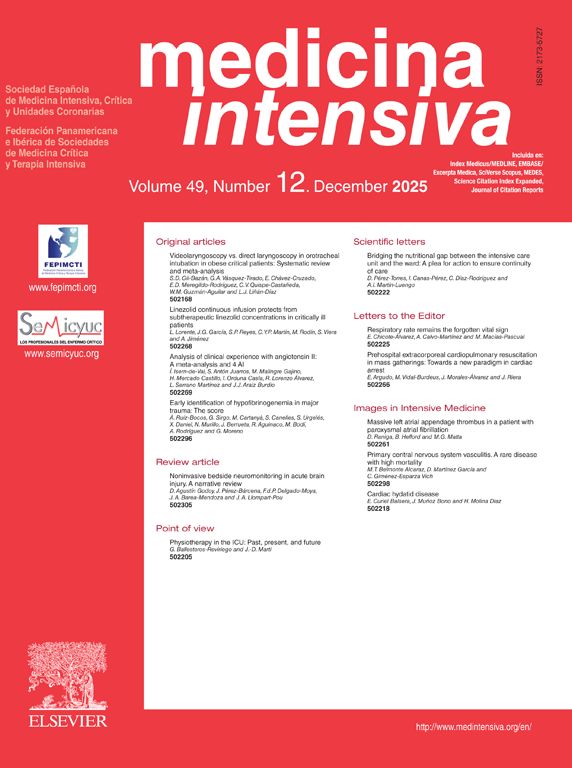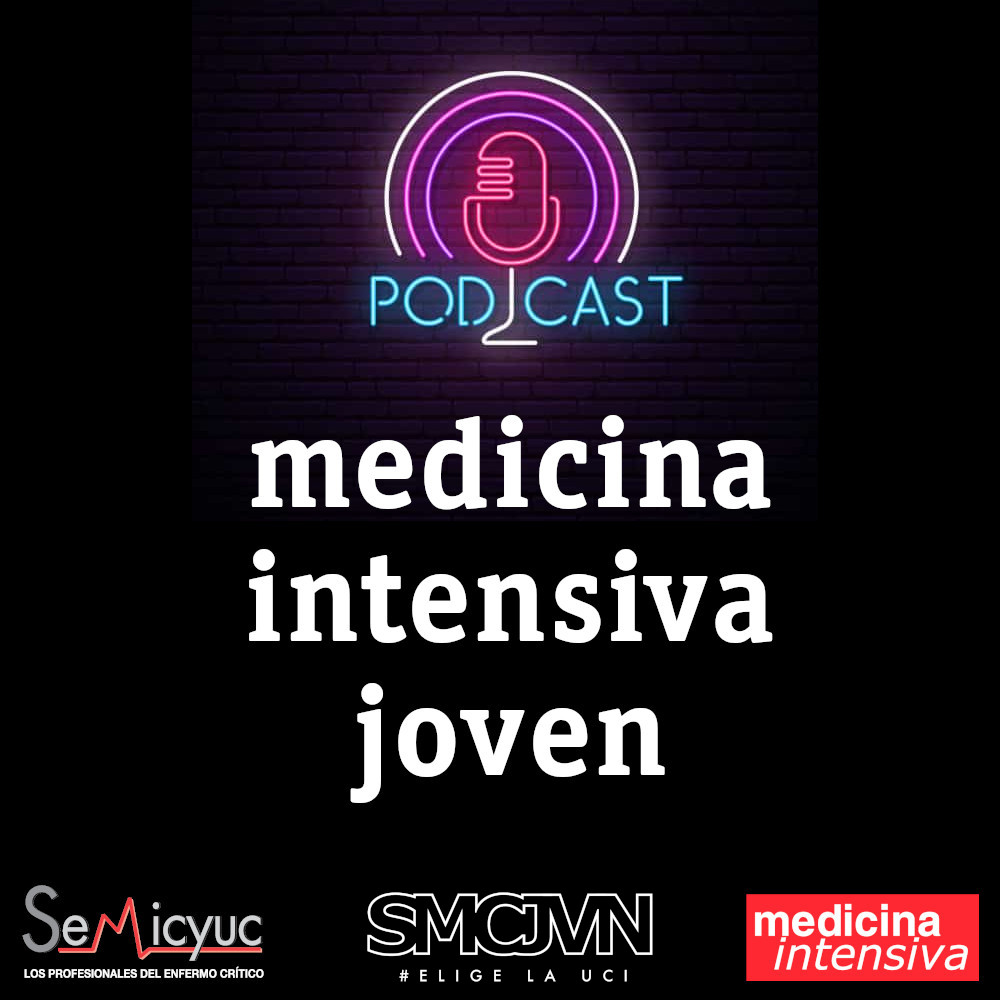We thank Dr. Barea-Mendoza et al. for their interest in our review article on the use of vasopressin in the critically ill patient1 and for their comments on the evidence for using vasopressin to treat traumatic hemorrhagic shock (THS).2
Vasopressin has been studied under different shock conditions, and we agree with the authors that it has generated significant interest in the context of THS. In this type of shock, it has been observed that, after an initial phase of significant elevation, plasma vasopressin levels decrease substantially within the first 24 h, indicating a potential deficiency in the early stages of THS.3 On the other hand, vasopressin has demonstrated a significant impact on reducing transfusion requirements, potentially through its regulatory effect on the hemostatic balance (release of FVIII and von Willebrand factor). As mentioned by the authors, the AVERT-Shock clinical trial reported a reduced need for blood products in patients with trauma and hemorrhagic shock who received low-dose vasopressin.4 However, some aspects still need to be addressed before its systematic application in this context can be recommended. The AVERT-Shock study included a large proportion of penetrating trauma (80%), which may limit the extrapolation of findings to other, more frequent patient populations in our setting. Additionally, the most appropriate time to initiate vasopressin treatment should be determined, as its effectiveness may vary significantly depending on when treatment begins. Early use (within the first hours of hemorrhagic shock) aims to correct the relative vasopressin deficit, improve hemostasis, reduce the transfusion requirements, decrease catecholamine supply and improve organ perfusion. However, it may also induce splanchnic vasoconstriction, which could compromise the function of various vital organs, in a scenario characterized by tissue hypoperfusion. The use of vasopressin in a more advanced stage of THS (persistent hypotension despite adequate fluid and blood product resuscitation) could be considered as a rescue treatment for refractory hemorrhagic shock with catecholamine-resistant vasoplegia.
Evidence on using vasopressin in THS is still somewhat limited, and further studies are needed to define its efficacy and safety. In addition to evaluating its effect on reducing transfusion requirements, its efficacy in reversing signs of hypoperfusion early on and reducing catecholamine doses should be analyzed. While the sixth edition of the European guidelines for managing bleeding and coagulopathy due to trauma does not incorporate the use of vasopressin in their recommendations,5 the American Association for the Surgery of Trauma and the American College of Surgeons have recently proposed low-dose vasopressin as the preferred vasopressor treatment for vasoplegia in THS.6
Vasopressin constitutes an interesting and promising therapeutic option for THS, but its role still requires further evaluation in well-designed prospective studies. In the meantime, we believe that its use can be considered within the framework of precision medicine based on the patient’s pathophysiology and its integration with other bleeding control and hemostatic resuscitation strategies.
CRediT authorship contribution statementAll the authors have contributed to the writing of this letter, reviewed the final draft of the manuscript, and approved the final submitted version.
FinancingThe authors declare that they have not received funding for this letter.




